The R&D that launched Apollo 11
“We choose to go to the moon,” said President John F. Kennedy in a famous speech at Rice University in September 1962. The challenge thus thrown down was famously achieved in July 1969, with the successful Apollo 11 mission. Benjamin Craig, R&D Tax Manager at Ayming, examines the Apollo programme through the lens of contemporary R&D legislation.
Kennedy had actually started the ball rolling in an address to Congress on 25 March 1961, in which he said that the USA “should commit itself to achieving the goal, before this decade is out, of landing a man on the Moon and returning him safely to the Earth.” At this point, very little was known about travelling in space – Yuri Gagarin’s historic flight was still three weeks away, with an American manned launch a further month in the future. NASA’s engineers listened to the speech with a mix of excitement and trepidation, since they were very much aware of the vast challenge that lay before them. This was a challenge recognised by Kennedy himself, and acknowledged in the speech at Rice where he compared the moon objective to climbing mountains, and to Alcock and Brown’s first transatlantic flight. He went on to say “We choose to go to the Moon in this decade and do the other things, not because they are easy, but because they are hard; because that goal will serve to organize and measure the best of our energies and skills, because that challenge is one that we are willing to accept…” This is key to any innovative endeavour, the recognition that the challenge exists, but it can be overcome through the marshalling of resources applied to resolve the difficulties.

NASA’s leadership, having been set this challenge, began the process in a manner familiar to all those carrying out R&D before and since: they started to break the problem down into smaller, more achievable goals. The initial objective of landing on the moon must have seemed insurmountable, and no-one suggested that it would be achieved in a single attempt. Instead, they began to list the different steps they would need to take, and the components and systems required to achieve them: rockets for launch; systems for landing; rendezvous and docking capability; life-support in space; a means of navigation… the list goes on.
Then each system was broken down into components: fuel tanks, pumps, combustion chambers, engine bells, etc. and development carried out on each piece. Slowly, step by step, the components were developed and tested before they could be assembled into a single functioning system: the Saturn V rocket, CSM, and Lunar Module spacecraft. The testing and modifications carried out at each step made a small amount of progress towards the ultimate goal. Neil Armstrong summed it up perfectly: “That’s one small step for (a) man, one giant leap for mankind.” He had made a single step, from the ladder of the LM onto the lunar surface – not, in itself particularly challenging – but it was the last of millions of steps made to get to that point. To this day, R&D projects are carried out in the same way, breaking a challenging task into smaller pieces, each of which can be solved individually, yet a question remains over the overall performance of the system. This is the ‘giant leap’ that is being sought, the eventual conclusion of the R&D project; but it is only achieved by ‘one small step’ after another, each in itself relatively minor but contributing to the whole.
Ongoing developments
The Apollo programme continued after Neil Armstrong’s first steps, of course. Even once Apollo 11 had returned to Earth, and Kennedy’s original goal had been achieved, further lunar landings were planned. Would these missions also be considered as R&D, using the modern definition? The key test here is at what point the process would be deemed to be reliable and reproducible. Apollo 11 did not demonstrate that the process was reliable and reproducible – only that it was possible.
Through all six moon landing missions, NASA continued to push the envelope of what was possible, with longer lunar stays and the shift to science-focused missions later in the programme. The Lunar Roving Vehicle, used on the final three missions, brought all the complications of a new and untried piece of hardware, albeit one that functioned largely without difficulty. However the change in focus of those missions to science, rather than purely the engineering of actually getting to the moon and back, meant that the crews were performing very different tasks on the surface and given very different training. Most notably, the astronauts were trained in field geology, to ensure that they would be able to identify useful rock samples, training which paid off with the collection of anorthosite rocks that geologists back on earth were able to study to understand details about the Moon’s formation.
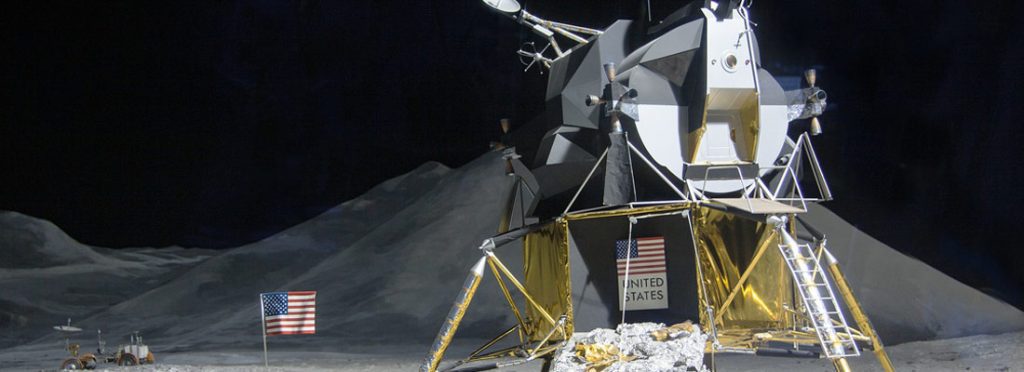

Further problems over the remaining missions demonstrated that the technological challenges still existed throughout the programme: Apollo 12 suffered problems as a result of lightning strikes during launch (failure being only narrowly averted by switching to obscure backup electronics), and an explosion on Apollo 13 resulted in the mission being aborted and nearly the loss of the crew. This illustrates a key possibility in an innovative endeavour – the possibility of failure, catastrophic or otherwise. Gene Kranz, one of NASA’s Flight Directors, was quoted in the film Apollo 13 as saying “Failure is not an option”. While this is a great line at a key moment in the film, it is wrong. Failure was always an option, always a possibility; just not one he was willing to accept in the circumstances. Failure remains a possibility in an R&D project, but often with much less severe consequences than NASA faced. Indeed, the possibility of failure is a key indicator of the presence of R&D, showing that a scientific or technological uncertainty is present – and this is a fundamental requirement of R&D.
Contributions to development
The contemporary definition of R&D recognises three types of activity: Basic research, Applied research, and Experimental development. Examples of all three can be found within the Apollo programme. Werner von Braun, the rocket scientist who led development of the Saturn V, said “Basic research is what I am doing when I don’t know what I am doing”, encapsulating the concept that a highly intelligent and trained person may find themselves at a loss as to how to proceed. When this occurs, that person reverts to exploring the fundamental principles of their science, without any particular application being immediately obvious. This then leads into Applied research; investigation of concepts with a particular objective in mind, such as the overall design of the spacecraft components. The final stage, Experimental development, manifested itself as the actual engineering of those components, and the processes for manufacture, assembly and testing.
Another lesson can be learned in the famous story of Kennedy’s 1961 visit to the new NASA Headquarters building. As he was shown around the premises, and introduced to the administrators, scientists, engineers, and astronauts working to make the moon landings a reality, Kennedy spotted a man standing to one side holding a broom. Always with an eye for some good PR, the President walked over to this man, held out his hand, and said
“Hi, I’m Jack Kennedy. What is it that you do here?”
The janitor shook Kennedy’s hand, drew himself up to his full height, and replied
“Mr President, I’m helping to put a man on the moon.”
This story is probably apocryphal. Nevertheless, it demonstrates an important point: seemingly insignificant tasks are fundamental to the effective performance of R&D. Kennedy recognised that, and so did the nameless janitor; the man who swept the offices after the rocket scientists had gone home was important to making the moon landings happen. This is recognised in the contemporary definition of R&D through the concept of Qualifying Indirect Activities (“QIAs”). QIAs allow the inclusion of activities that are not directly contributing to R&D, but are nevertheless essential for the success of the project. This covers cleaning, security, administrative tasks (payroll, HR, etc.) and documentation of results. These areas are often missed in the preparation of R&D claims, yet they can make up a substantial amount of money and should not be forgotten.
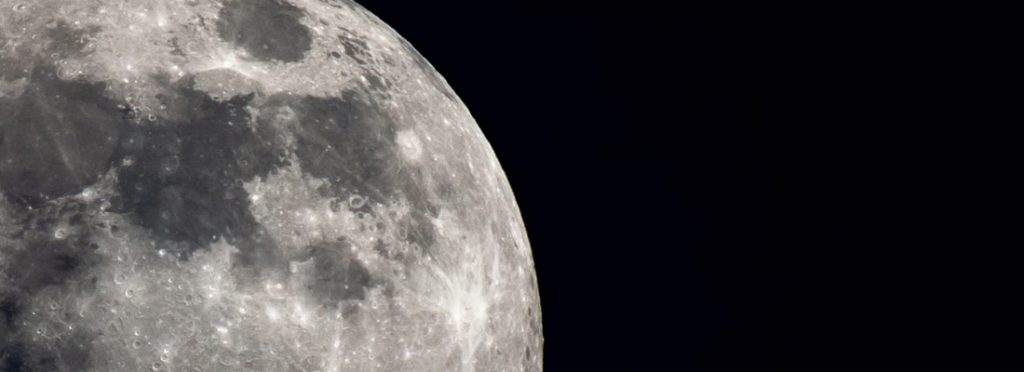

Food science
R&D within the space programme extended far beyond the obvious. While ‘rocket science’ is often held up as the pinnacle of challenging scientific achievement, developments were needed in all manner of fields one might not anticipate. For example, food science. At one stage, NASA scientists did not even know if astronauts would be able to swallow in zero-gravity, and included experiments as part of the Mercury programme to investigate exactly that.
While the first flights did not last long enough for the astronaut to need food, John Glenn was supplied with tubes of applesauce to test whether he could eat in space. He found he could – to the great relief of all concerned, since NASA did not have any alternative plans! However, food in the Mercury programme was far from ideal, it came in metal squeeze tubes (like toothpaste), which meant that the packaging was often heavier than the food itself. Furthermore, it was unappetising, made worse by the fact that it was necessarily cold and in puree form. This was driven by the need to contain the food itself, since crumbs or droplets of liquid floating around in a spacecraft could present a serious hazard were they to interfere with the controls and electronics. By the time of the Gemini programme, NASA’s scientists had made some progress. Food was now available in solid form, set into gelatin, or using vegetable oil to control crumbs. This still proved quite limiting, however, and temperature was still a problem, since the Gemini craft still lacked the capability to heat either food or water. Only with the Apollo spacecraft, which included a more advanced water system capable of producing hot water, could astronauts enjoy hot meals.
Many of the challenges faced by NASA in providing its crews with appetising meals, meeting their dietary requirements, and in a volume- and mass-efficient package, have parallels in the contemporary food manufacturing industry. The requirements are different, but the challenges of providing appetising meals, and meeting strict nutritional requirements (such as low salt, fat, and sugar levels), are faced by most food manufacturers to this day. In addition, the need to package food adequately to protect and preserve the contents, while reducing the weight and volume of material used, present challenges to manufacturers – driven further by environmental pressures. Our clients in this sector face these challenges on a regular basis, and substantial claims can be made for ongoing R&D in the area.
Computer science
Similarly, the Apollo program achieved hitherto unachieved progress in computer science. The Apollo Guidance Computer’s 64kB of memory and 1.024MHz clock speed are insignificant in terms of modern computing, where even a smartphone has over a million times the performance. However, in the 1960s, a computer with this performance that could fit in a spacecraft was unparalleled; equivalent machines at the start of the decade would have filled a room.
Nevertheless, NASA recognised from early on that in flight computing power would be necessary; while Mercury and Gemini craft had been manually piloted or controlled from the ground, this would be impossible for a long-duration moon mission with a transmission delay of up to 1.5s. Engineers at MIT were able to develop a computer with the necessary specifications only through use of integrated circuits, at the time a new and untried technology, and core rope memory, a decision which proved extremely limiting further down the line since it could not be reprogrammed without rebuilding the computer. Real advances however, were made in software engineering; indeed, recognition of the field as a discipline in its own right came about as a consequence of developments in the project. This now forms one of the largest areas of contemporary R&D, and although the Apollo software would be unrecognisable to a modern software engineer, the field owes its origins to the Apollo program.


The future
Where do we stand with developments in space engineering fifty years later? One could argue that, with the moon having not been visited by humankind since the departure of Apollo 17 in December 1972, little progress has happened since; however, this would be an injustice. NASA continued development using the Apollo hardware, although only Skylab and the Apollo-Soyuz program ever flew; instead, efforts focused on the Space Shuttle which (although flawed in many ways) provided a manned launch system for over 30 years. NASA has also focused more on unmanned exploration, with robotic spacecraft exploring the planets. However, it seems that future developments in space exploration, particularly manned flight, are being made by commercial businesses. Virgin Galactic has successfully launched astronauts to space, and SpaceX is planning manned launches in 2019. Development driven by commercial enterprises, rather than government-funded agencies, seems to be the immediate future of space exploration, and perhaps it is through grants, contracts, and R&D incentives that governments will support such activities.
- A shorter version of this article was first published in Accountancy Age on 17th July 2019.



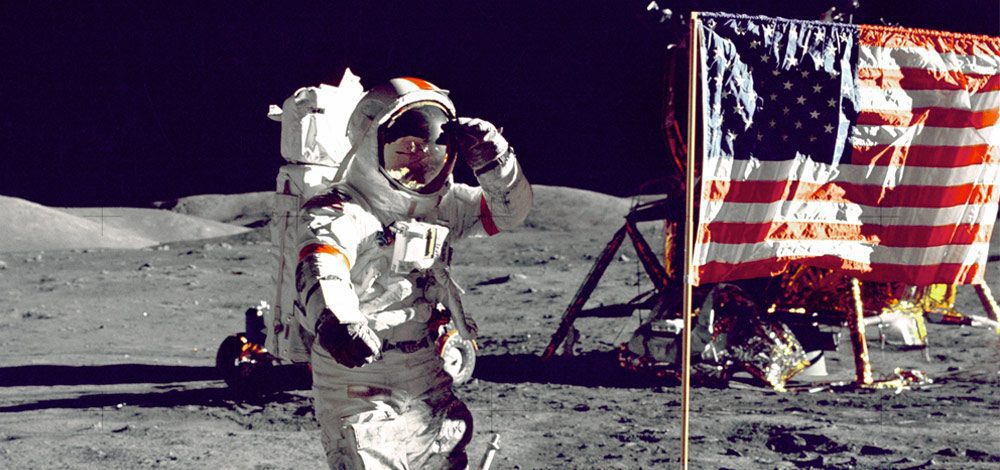
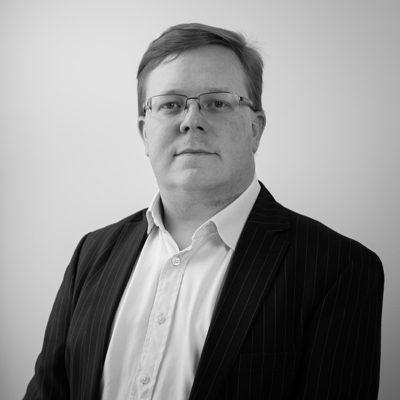


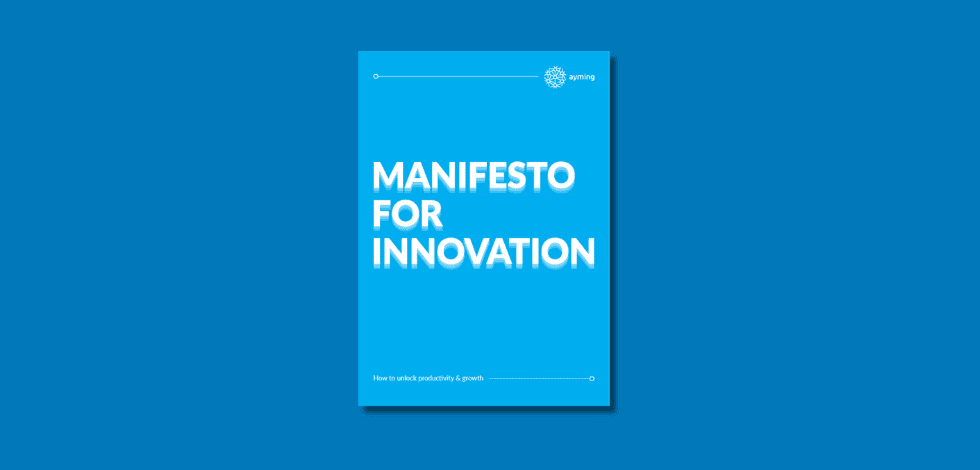


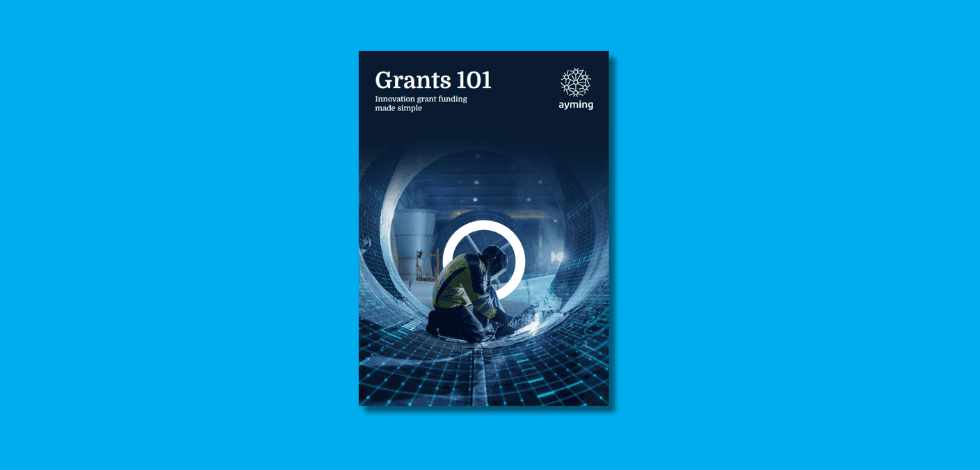


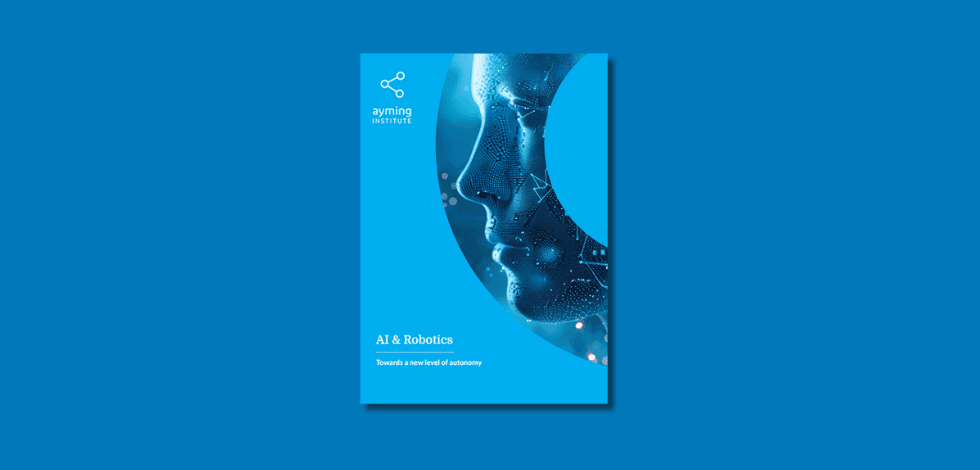
No Comments